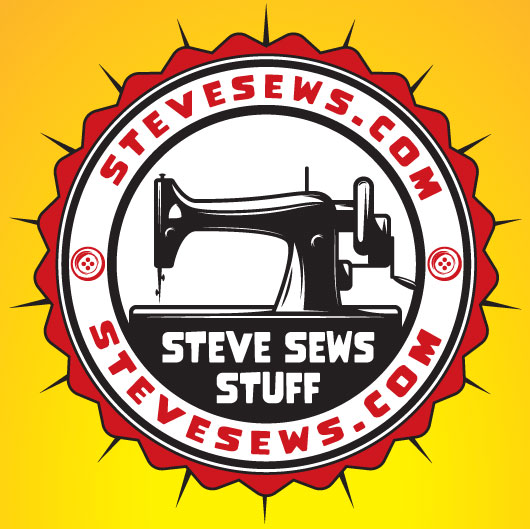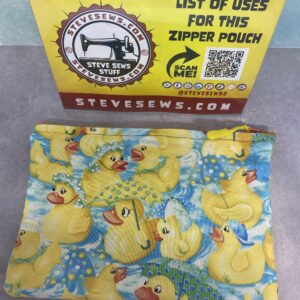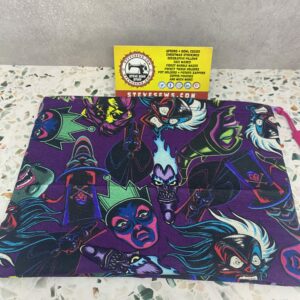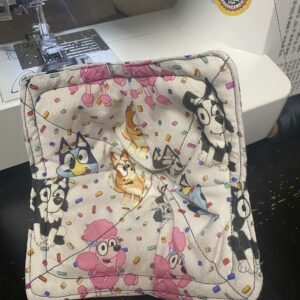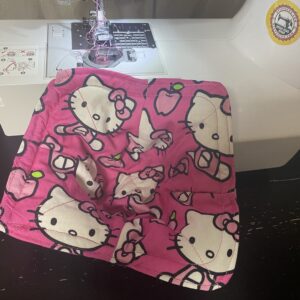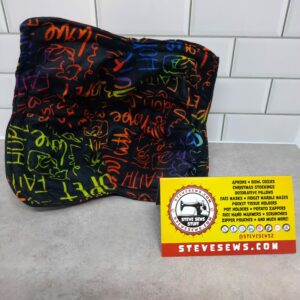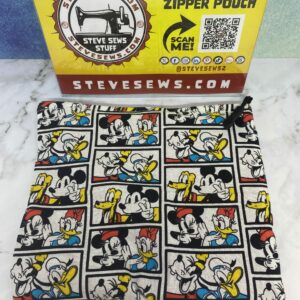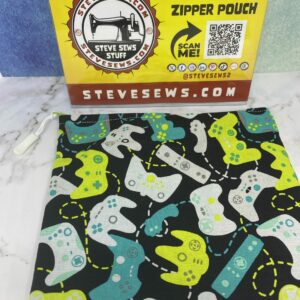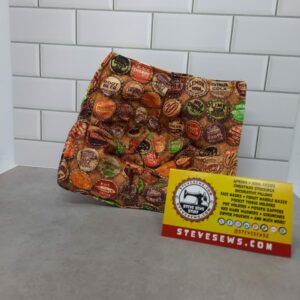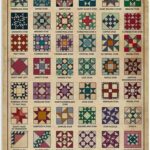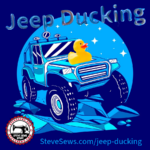A serger, also known as an overlocker, is a versatile sewing machine that has the ability to cut, sew, and finish fabric edges in one swift motion. #serger
Serger
It’s a popular tool used in the fashion industry, but also for home sewing enthusiasts who want to achieve professional-looking finishes on their garments and other projects.
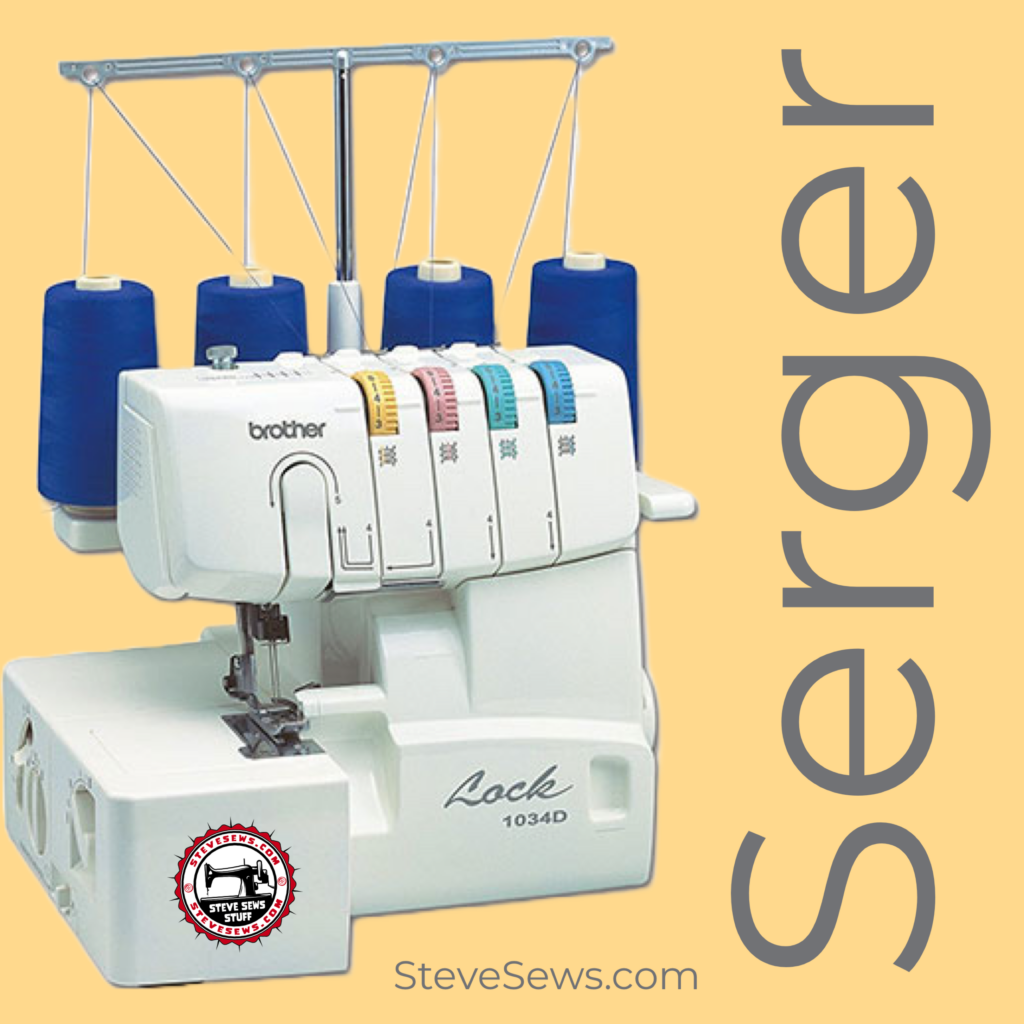
One day I might like to learn and own one myself.
The serger is a specialized type of sewing machine that uses multiple threads to create a strong and secure stitch. It typically has four cones of thread – two needles and two loopers – that work together to create a finished seam. The needles create a straight stitch, while the loopers wrap the threads around the fabric edges, creating a secure seam that won’t unravel. The serger is also capable of trimming excess fabric as it sews, so you can achieve a neat and tidy finish on your projects.
There are many different types of sergers available on the market, each with their own set of features and capabilities. Some sergers can handle up to eight threads, allowing for even more advanced stitching options. Additionally, some models have built-in features like differential feed, which allows you to sew on stretchy or knit fabrics without causing puckering or distortion.
One of the major benefits of using a serger is the speed at which it operates. Because it can sew, cut, and finish all in one pass, you can complete your projects more quickly than with a standard sewing machine. This can be especially useful for larger projects, like quilts or drapery panels, where there are a lot of seams to sew.
Another benefit of using a serger is the strength and durability of the seams it creates. Because the serger uses multiple threads to create each stitch, the finished seam is much stronger than a traditional sewing machine stitch. This can be especially important for items that will see a lot of wear and tear, like clothing or bags.
While a serger may seem intimidating to beginners, it’s actually quite easy to use with a bit of practice. Many models come with a threading guide that makes it easy to set up the machine, and there are plenty of tutorials available online that can help you learn how to use it effectively. Additionally, there are many different types of serger stitches that you can experiment with, allowing you to create unique finishes and details on your projects.
Advantages of a serger
Here are some of the key benefits of a serger:
- Speed: A serger can sew, trim and finish a seam all at once, making it much faster than traditional sewing machines. This is particularly helpful when sewing large or complex projects, where there are many seams to be sewn.
- Professional Finish: A serger can create a clean and professional-looking finish on your projects, even when using difficult fabrics like knits or stretchy materials. The machine uses multiple threads to create strong and secure seams that are resistant to unraveling, providing you with a high-quality, long-lasting finish.
- Versatility: Most sergers are designed to work with a wide range of fabrics, from lightweight cotton to heavy denim. They can be used for a variety of sewing projects, such as clothing, home decor, and even quilting. Additionally, some sergers can handle up to eight threads, allowing for more advanced stitching options.
- Ease of Use: While a serger may seem intimidating at first, most machines come with easy-to-follow threading guides and instructional manuals. With a bit of practice, you can quickly master the basics of serging and start using it to create beautiful finished projects.
- Cost Savings: Owning a serger can help you save money in the long run, by allowing you to create high-quality, professional-looking finished projects at home, instead of paying someone else to do it for you. Additionally, sergers can help you save time by completing projects faster, which can also lead to cost savings.
Disadvantages of a serger
While a serger is a powerful and useful tool for many sewing projects, there are also some disadvantages to consider:
- Cost: Sergers are generally more expensive than traditional sewing machines, and can range in price from a few hundred to several thousand dollars, depending on the model and features.
- Complexity: Sergers can be more difficult to operate and maintain than traditional sewing machines. They require more thread and may require more frequent maintenance, such as oiling and cleaning.
- Limited Stitch Options: While sergers are great for creating finished seams and edges, they offer limited options when it comes to decorative stitching. Some models may have additional stitch options, but they are generally more limited than those of traditional sewing machines.
- Noise: Sergers can be quite noisy when in use, which may be a concern for those living in apartments or shared living spaces.
- Learning Curve: While the threading and operation of a serger can be learned with practice, it can be initially overwhelming for those who are new to serging. There may be a steeper learning curve when compared to using a traditional sewing machine.
In conclusion, a serger is a valuable tool for anyone interested in sewing. Whether you’re a professional seamstress or a beginner just starting out, a serger can help you achieve professional-looking finishes on your projects in a fraction of the time. With its speed, versatility, and strength, a serger is a must-have for anyone who loves to sew.
What are other advantages or disadvantages?
Feel free to share your thoughts below!
Upcoming Events
This is a list of the upcoming events that Steve Sews will be at. If you know of one in the East Tennessee area, let me know.
None at this time. Check back later.
Meet …
Meet the staff and/or equipment for Steve Sews.
- Brother Stitch (Current Sewing Machine)
- Forge (Circuit)
- Interns
- Lovees (Stuffed Animals)
- Mendi (My Wife’s Sewing Machine)
- Rosie (Antique Sewing Machine)
- Steve (Steve himself)
- The Masked Bandit (Steve’s older Sewing Machine)
- Trainees
- Van the T-Rex (Helper)
- Zee (Face Mask Model)

SUBSCRIBE TODAY!
Don’t miss a single blog post about sewing, quilting, crafts, and recipes! Plus so much more!

Follow on WordPress
Follow Steve Sews Stuff on WordPress.comFollow Steve Sews Stuff on Social Media:
You can also choose to follow Steve Sews Stuff on social media as well. (@SteveSews2)
Below are some examples of blog entries from all blogs that I do. (Courageous Christian Father, Steve Sews Stuff and SteveZ DesignZ).
Recent Feed of All of Steve’s Blogs
Recent Posts on Steve Sews
Below is a list of the most recent blog posts found on Steve Sews for you to check out.
Clipart: Unsplash, Pixabay, Pexels, Openverse, Adobe Express, Adobe Stock, FreePik, MetroCreative, Wonder AI, Algo AI and more. This site uses Amazon Affiliate Ads & Google Ads.
